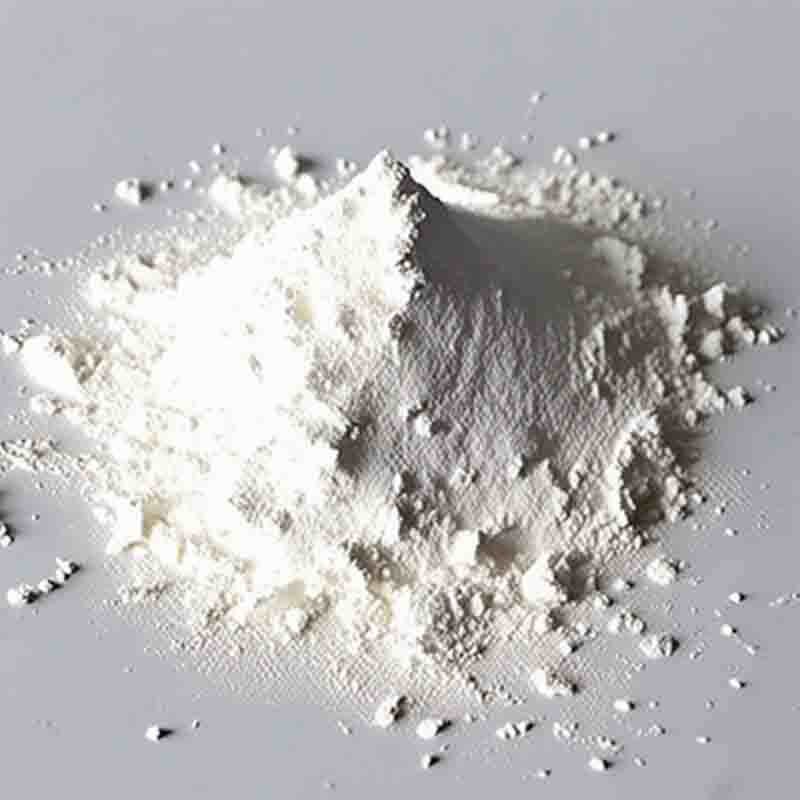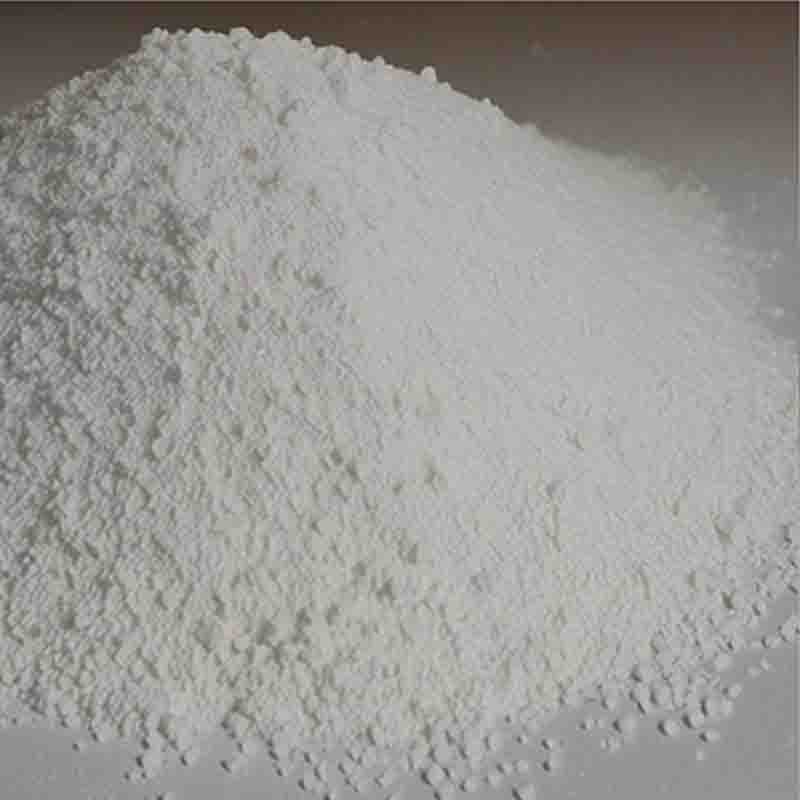3-(2-chloropyriMidin-4-yl)-1-Methylindole CAS: 1032452-86-0
| Catalog Number | XD93722 |
| Product Name | 3-(2-chloropyriMidin-4-yl)-1-Methylindole |
| CAS | 1032452-86-0 |
| Molecular Formula | C13H10ClN3 |
| Molecular Weight | 243.69 |
| Storage Details | Ambient |
Product Specification
| Appearance | White powder |
| Assay | 99% min |
3-(2-chloropyridin-4-yl)-1-methylindole is a chemical compound with several potential uses in various fields. It is primarily known for its applications in medicinal chemistry and pharmaceutical development.One of the main uses of 3-(2-chloropyridin-4-yl)-1-methylindole is as a starting material in the synthesis of various pharmaceutical drugs. Its unique chemical structure and reactivity make it an ideal building block for the development of biologically active compounds. Researchers can modify this compound through chemical reactions to create new molecules with potential therapeutic effects.This compound has shown promise in the treatment of various medical conditions. Its structure suggests that it could exhibit activity as an antagonist or agonist of specific receptors or enzymes, leading to potential applications in the areas of cancer treatment, central nervous system disorders, and inflammation.Additionally, 3-(2-chloropyridin-4-yl)-1-methylindole can be used as a research tool in organic and medicinal chemistry. Its chemical properties make it suitable for studying various chemical reactions and exploring structure-activity relationships. Scientists can modify the compound's structure to investigate how different modifications impact its biological activity and pharmacological properties.It is important to note that 3-(2-chloropyridin-4-yl)-1-methylindole is a potentially hazardous compound that should be handled with care. Safety precautions, such as proper ventilation and personal protective equipment, should be followed to ensure the health and safety of those working with this compound.In summary, 3-(2-chloropyridin-4-yl)-1-methylindole has significant potential uses in medicinal chemistry and pharmaceutical development. Its versatile structure makes it a valuable starting material for the synthesis of various pharmaceutical drugs. Additionally, its properties make it useful for studying chemical reactions and exploring new molecules with potential therapeutic effects. Adherence to safety guidelines is crucial when working with this compound.


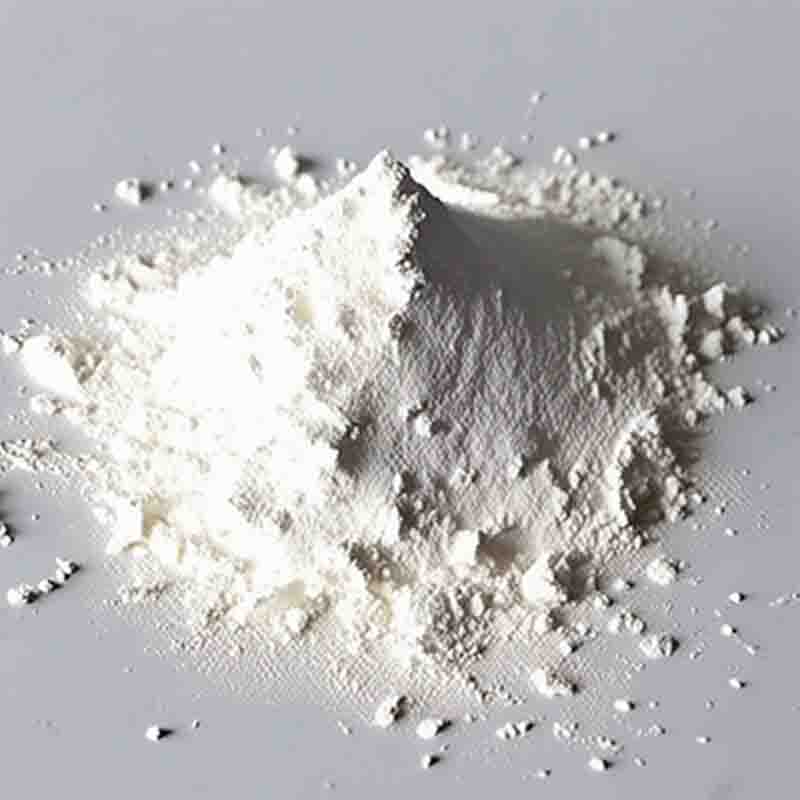

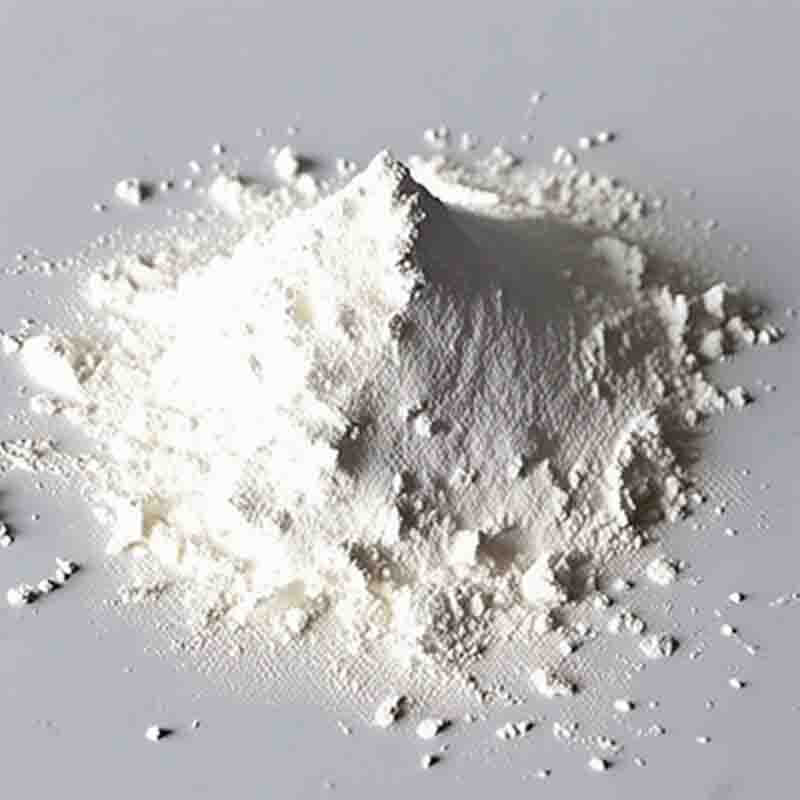
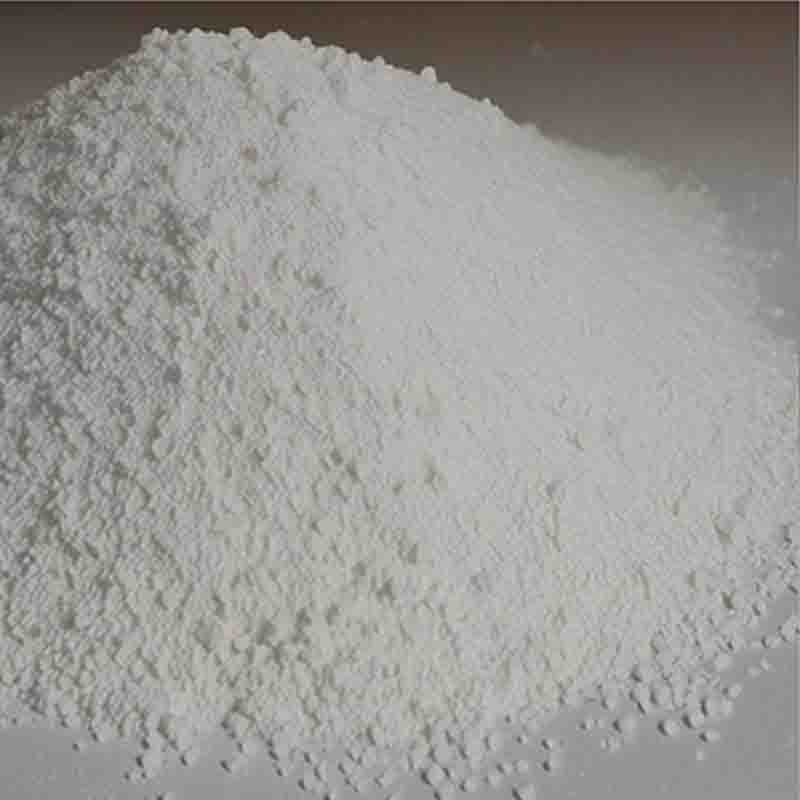
![N-[(S)-1-Carbethoxy-1-butyl]-(S)-alanine CAS: 82834-12-6](https://cdn.globalso.com/xdbiochems/白色粉末2129.jpg)
